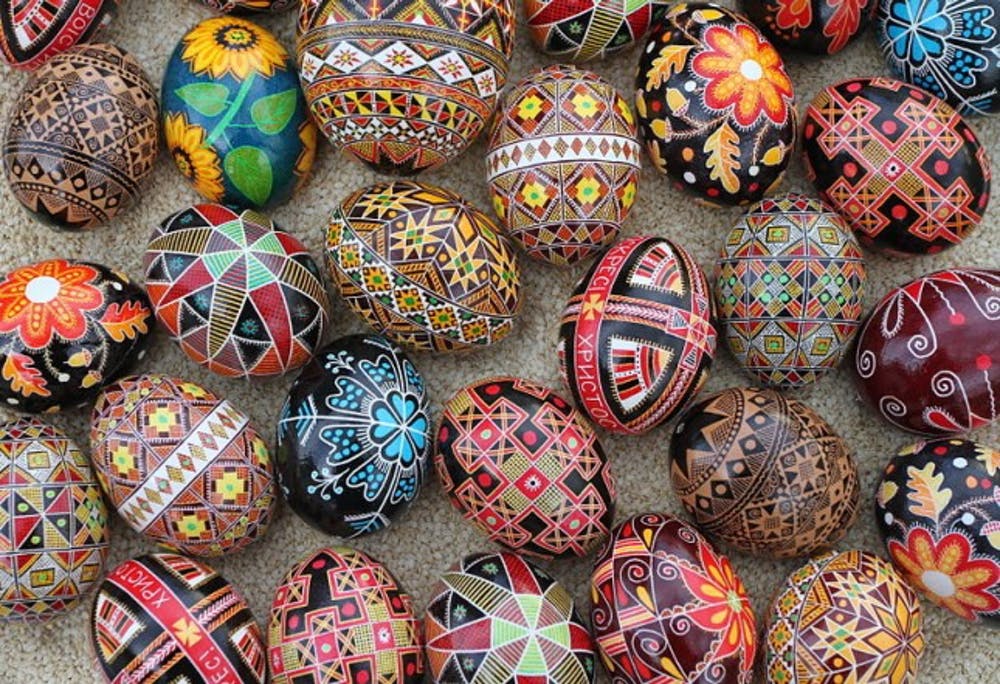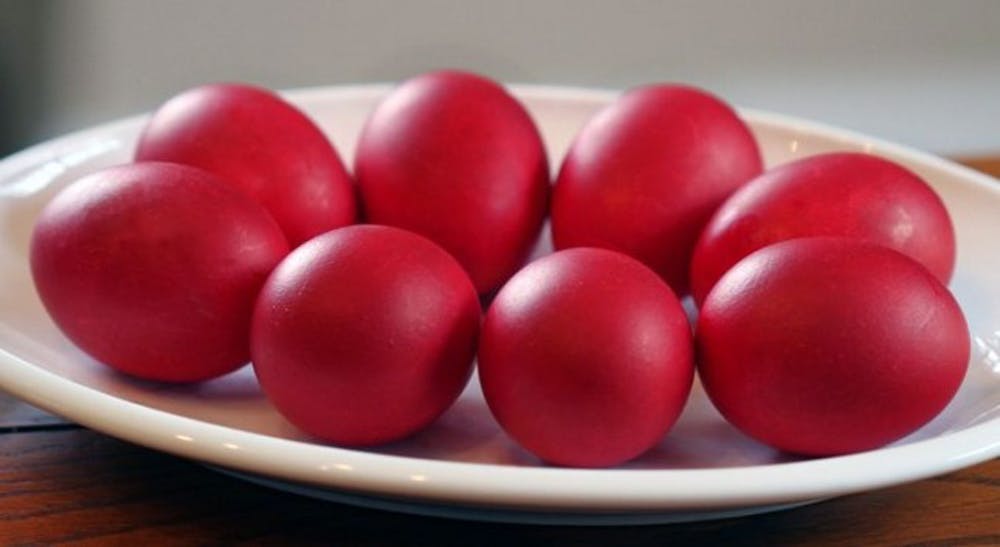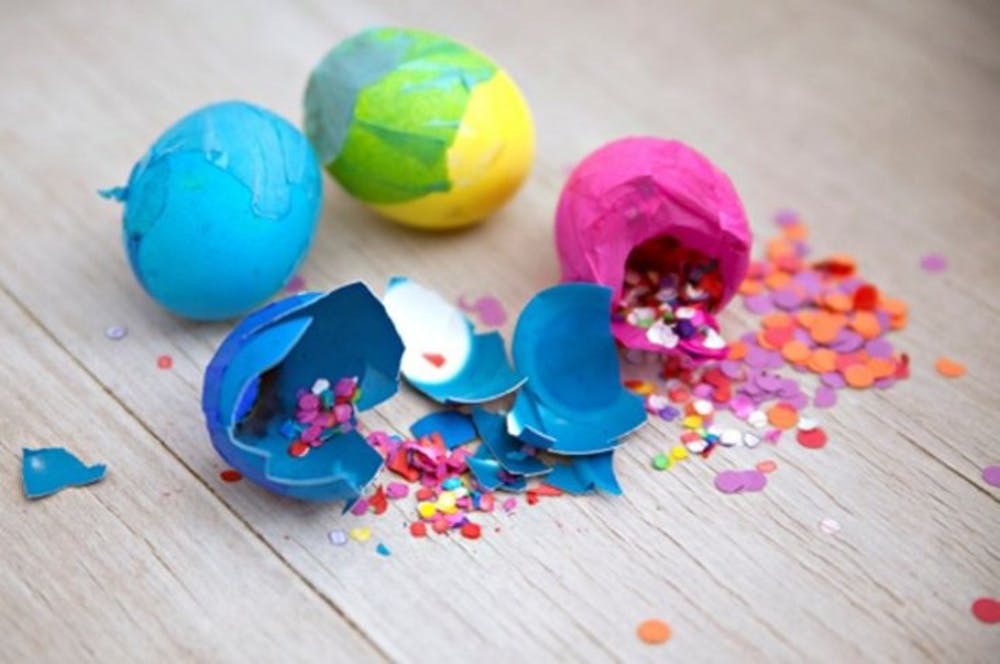Easter, (a Christian religious holiday celebrating the resurrection of Jesus Christ) is right around the corner. Next Sunday, followers of the Christian religion will celebrate Easter by attending Church services, and attending parties or meals with family. Another Easter tradition observed by many Christian families around the world is decorating Easter eggs. Each country has its own way of decorating Easter Eggs, many of which reflect the history of that culture. Here is a look at Easter Eggs decorations around the globe.

Ukrainian Easter eggs, or psyanky, are decorated with traditional Ukrainian folk designs using a wax-resist method to create intricate patterns. Historically, each region, village, and family had its own symbols, rituals, and meanings associated with the dying of each egg. Pysanky were typically created by the woman or mother of the house, and designed on raw or sometimes baked eggs, rather than boiled eggs. The eggs needed to be fertilized by a rooster, to symbolize the brining of fertility into the household. Pysanky were made to be given to family members and respected outsiders, such as priests. They were often placed in the same area as farm animals to bring good fortune for the coming harvest. For example, a Pysanka might be placed in a cows manger to ensure a good milk supply, or placed near a bee hive to ensure a large production of honey.

In Greece, eggs are traditionally dyed a deep red for Easter. The origin behind this color stems from many myths, however the most common reason for the red dye is to symbolize the blood of Jesus Christ. On Easter Sunday, Greeks play a game of cracking their eggs , or “tsougrisma” in Greek, to symbolize the breaking open of Jesus’ tomb and his resurrection. The game is played by two people each holding one egg and tapping them on top of one another. The goal of the game is to crack the other player’s egg. The winner of the game is the one whose egg cracks both ends of the other players eggs.

Cascarones are hollowed-out eggshells filled with confetti or small toys that are common throughout Mexico. While cascarones are most notably used in Mexico during the festival Carnival, they have become a popular Easter tradition in areas along the U.S. – Mexico border. Cascarones are created by breaking a hole in the top of an eggshell and then pouring the contents out. The shell is then cleaned, decorated, and dried before it is filled with confetti. The outside hole is then covered with glue or tissue paper. Having a cascaron broken over ones head is considered a sign of good luck, and the eggs are now often used in other ceremonies such as during Day of the Dead and at weddings.

